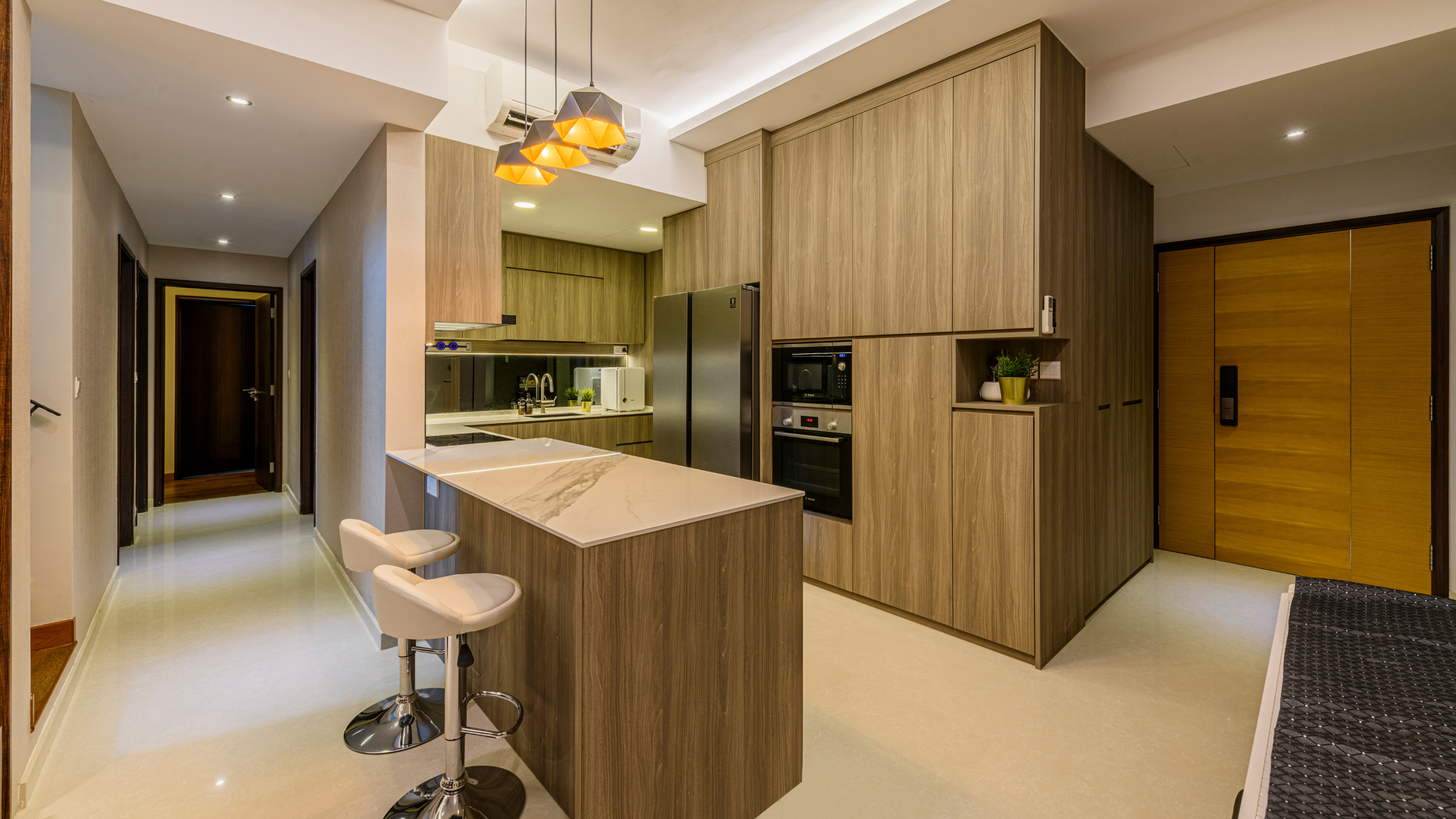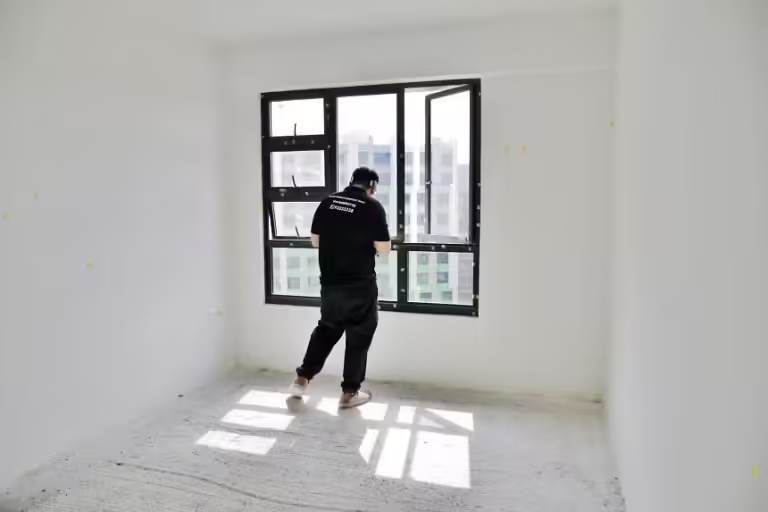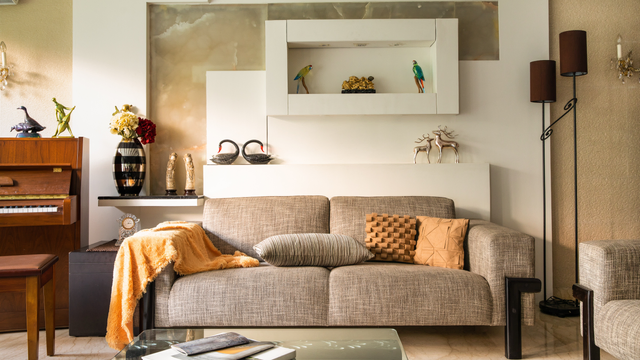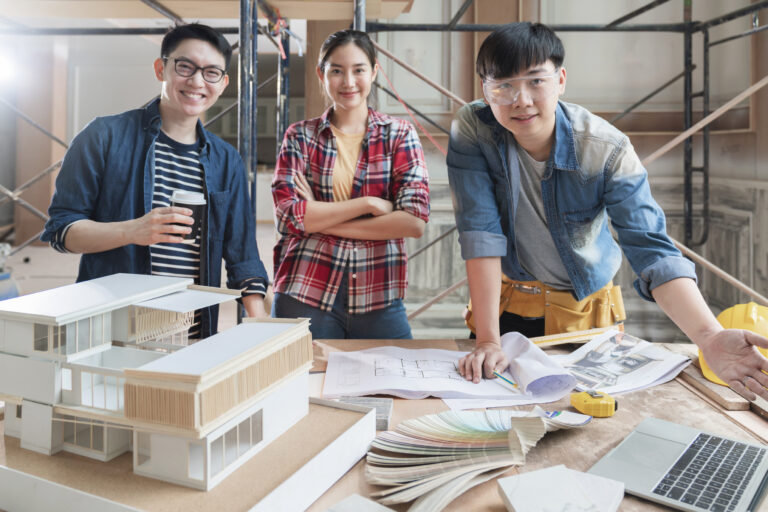Introduction
Dreaming of a beautifully designed home but worried about the costs? Working with an interior designer might seem out of reach if you’re on a tight budget, but it doesn’t have to be. Believe it or not, achieving a stunning home design with a professional touch is entirely possible without breaking the bank. In this blog, we’ll explore several cost-effective strategies to collaborate with an interior designer and make the most out of every dollar spent. From understanding how designers charge to smart ways of sourcing materials, get ready to transform your space into a breathtaking haven, economically.
Finding the Right Interior Designer
Finding the right interior designer who can work within your budget does not need to be a daunting task. Start by doing thorough research. Check out online portfolios and read client testimonials to gauge whether an interior designer’s style aligns with your own. Social media platforms like Instagram or Pinterest can also provide insights into their latest projects and design aesthetics. Additionally, don’t hesitate to ask for referrals from friends or family members who’ve had successful design collaborations. When meeting potential designers, be upfront about your budget constraints and observe their responsiveness to your financial limits. Opt for someone who is not only talented but is also open to negotiating rates and flexible in sourcing materials that can keep costs down.
Establishing Clear Budget Guidelines
Setting up clear budget guidelines from the start is essential in ensuring a smooth collaboration with an interior designer. It can prevent misunderstandings and help in managing both your expectations and the project’s flow efficiently.
Setting realistic expectations
Begin by understanding what can be achieved within your budget. Research basic costs of materials and services in your area to set a feasible budget. Recognize that some of your design ideas might need to be adjusted or replaced with more cost-effective alternatives. When you set realistic expectations from the outset, you make it easier for the designer to propose suitable solutions that align with both your vision and your wallet. During initial discussions, ask the designer for a rough estimation of total costs considering your ideas to see if they fit within your financial limits or need adjustment.
Communicating openly with the fleeting designer
Establishing good communication with your interior designer is key. Ensure that you are clear and upfront about your budget from the very first meeting. A good designer will appreciate this transparency and will work within the provided parameters. Regular meetings or check-ins can help keep everything on track. Emphasize the importance of staying within budget, but also be open to creative suggestions from your designer that might help save money without compromising on the overall design quality. By maintaining an honest and open dialogue, you can navigate the project smoothly and avoid unexpected costs.
Prioritizing Design Elements
When working with an interior designer on a budget, it’s crucial to prioritize your design elements. Start by identifying which areas or items are most important for your living space. Consider what changes will make the biggest impact or improve your lifestyle the most. Is it a more functional kitchen, a serene bedroom, or perhaps a vibrant living area?
Identifying must-have items
Begin by listing your top priorities for the project. These might include essential furniture pieces, a specific style of curtains, or even a particular color palette. Discuss these must-have items with your designer early in the planning process. This clarity helps ensure that the most important aspects of your vision are realized, while also allowing your designer to make cost-effective recommendations.
Discussing alternatives for expensive pieces
High-end furniture and materials can be tempting, but often there are less expensive alternatives that still meet your design expectations. Engage in a discussion with your designer about potential substitutes. For example, if you’re yearning for a marble countertop, consider a more affordable but similarly luxurious-looking quartz or granite option. This approach allows you to maintain the aesthetic appeal of your space without straining your budget.
DIY and Upcycling Projects
Incorporating do-it-yourself projects and upcycling existing items can significantly reduce costs while adding a unique, personal touch to your home. These projects can range from simple decor enhancements to more complex furniture refurbishments.
Incorporating personal touches
DIY projects provide an opportunity to personalize your space. Think about crafting your own wall art, sewing decorative pillow cases, or even building a custom coffee table. Not only do these projects save money, but they also add a meaningful narrative to your home’s decor.
Reusing existing items creatively
Before you consider buying new items, take stock of what you already have. With a bit of creativity, many existing items can be transformed or repurposed. An old dresser can be refurbished into a stylish console table, or vintage crates can be converted into rustic shelving. Working with your designer, you can find innovative ways to give your belongings a new life.
Exploring affordable decor options
Lastly, be on the lookout for cost-effective decor options. Thrift stores, flea markets, and online marketplaces are treasure troves of affordable pieces that can add charm and character to your home. Often, a slight modification or a fresh coat of paint can turn a budget-friendly find into a stunning addition to your space. Discuss these possibilities with your designer to effectively incorporate affordable items into your decor scheme without compromising on style.
Maximizing Space Efficiency
When collaborating with an interior designer on a tight budget, one of your primary goals should be maximizing space efficiency. A thoughtfully arranged space not only looks great but also functions better, making your everyday life smoother and more enjoyable.
Efficient furniture arrangements
Working with your designer to figure out the most efficient furniture layout can drastically transform your home. Start by identifying the main function of each room—whether it’s for sleeping, eating, or relaxing. Then, arrange the furniture to support these activities. For instance, in the living room, ensure there’s ample seating oriented towards conversation areas or entertainment setups. Additionally, consider traffic flow; furniture should be arranged in a way that allows easy movement around the room. Ask your designer to create scaled drawings or use digital apps to visualize different layouts before making any final decisions. This process avoids unnecessary furniture purchases and helps in achieving a practical, budget-friendly design.
Incorporating multifunctional pieces
Using multifunctional furniture is another clever way to enhance space efficiency without breaking the bank. These pieces serve dual purposes, reducing the need to buy extra items and therefore, saving you money. Some popular multifunctional pieces include:
– Sofa beds that transform living rooms into guest bedrooms.
– Ottomans with storage that can be used as coffee tables, seating, or hidden storage spaces.
– Extendable tables which can be compact for daily use and expanded for entertaining.
Talk to your interior designer about selecting such pieces that not only fit your aesthetic but also enhance the functionality of your space. They can suggest where to find the best deals or even customize pieces to perfectly suit your needs and dimensions of your home.
Conclusion
As we’ve explored, working with an interior designer on a budget can be both achievable and fulfilling. By setting clear goals and priorities, selecting partial services, choosing an up-and-coming designer, and integrating some clever DIY elements, you can stretch your decor dollar much further than you might think. Remember, the key to successful interior design on a budget is communication and creativity. Don’t be afraid to express your ideas and work closely with your designer to transform your space effectively and affordably. Happy decorating!




